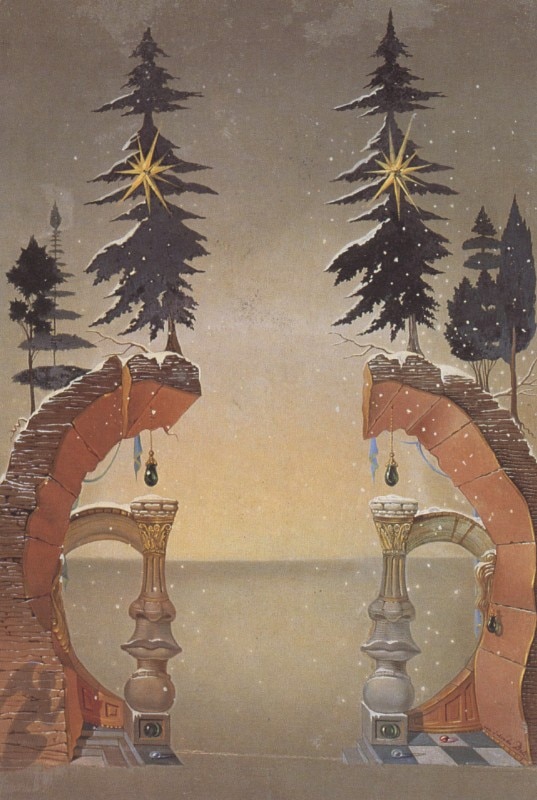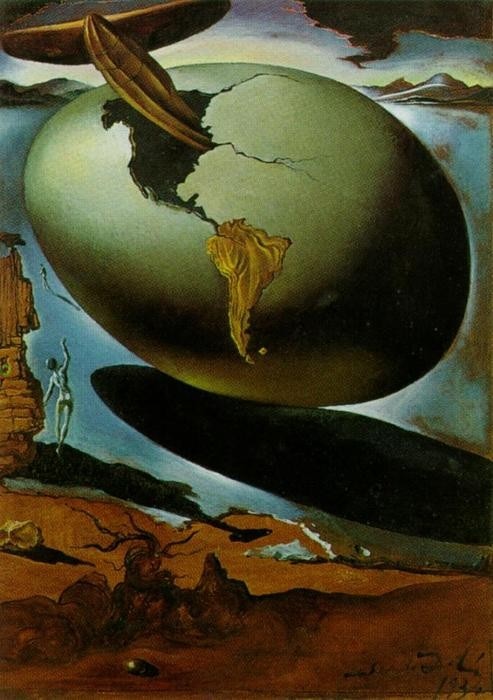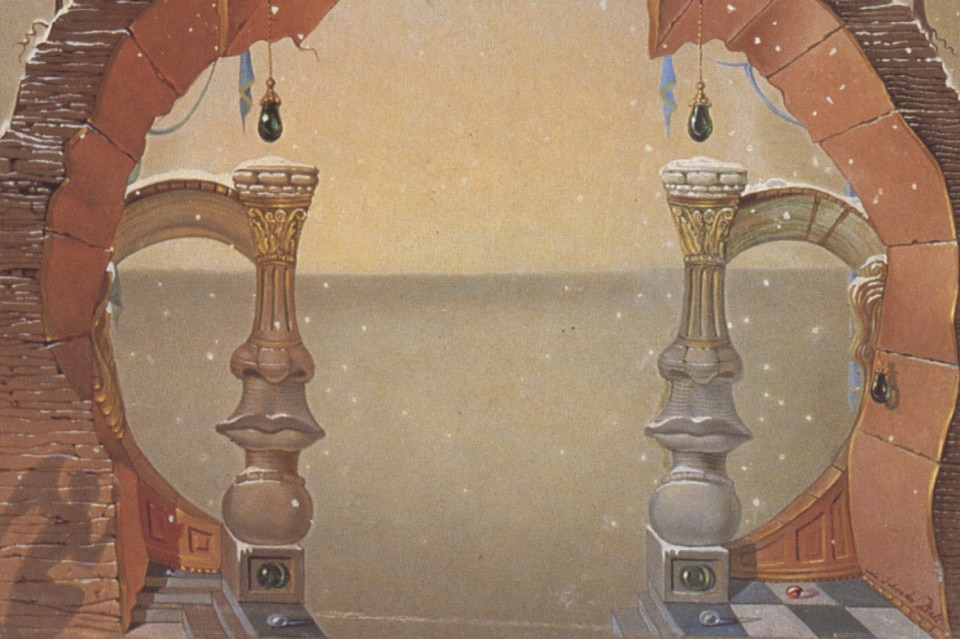What is Christmas? In the year of our Lord 2022, Christmas seems to have become a time of pure consumerism. The rush to buy presents, setting the Christmas table, seeking exotic destinations.
Christmas is celebrated by everyone and everywhere because everywhere Christmas means holiday. Work comes to a halt, everyday life takes on a different rhythm, but no one remembers what Christmas is anymore, what the true meaning of Christmas is.
Regarding the date of its institution, history lacks an authoritative explanation. It is believed that the origin comes from ancient Rome, since in the Roman calendar, towards the end of the 3rd century B.C., the winter solstice, the dies sol invictus (unconquered sun), was celebrated on 25 December. Thus came the Christian decision to add to that pagan feast a religious one: the birth of Christ.
From the Latin natus, born, perfect participle of the verb nascor, plus the suffix -alem, indicating belonging, the term Christmas literally means day of birth

Numerous artists have attempted to depict Christmas, most of them representing religious scenes where the birth of Christ seems to be the only true theme to be interpreted, but over the centuries the artistic production seems to have changed, just as the spirit of this day has changed.
In 1946, Salvador Dali painted a surrealist work about Christmas, his Christmas: Christmas (Noel). In a surreal landscape, the Christmas spirit bursts forth. The winter landscape is adorned with fir trees decorated and lit by a tail star. Below, in the first half of the painting, a completely different scenario opens up: floors, objects, suspended amulets, antique jewellery, and architectural columns that seem to recreate half of a female face.
To the left, on the architecture, the shadow of a praying angel appears clearly. The snow falls softly and everything seems to recall the profane spirit of the festivity while retaining religious references. The decorations and splendour of a day that springs from the sacred and morphs into the irreligious.
The theme did not remain a unicum for the Spanish artist, as he was later asked by the Hallmark Company to create many representations of Christmas for their
Christmas cards. In 1934, Dali painted a work that could be described as somewhat ambiguous, both in its title and theme: Allegory of an American Christmas.

It is an allegory that speaks of birth or rebirth. An egg fills the painting, a symbol, an idea representing the two Americas. The United States is described through a black hole from which an aeroplane seems to sneak in, while South America remains more solid but less dynamic. Dark, almost threatening clouds appear on the horizon, while a female silhouette in the left foreground looks, almost in vain, for another male figure in the distance.
An interpretation of Genesis, a historical-geographical tale, undoubtedly also political, which re-appropriates the term Christmas, without confusing it.
It is interesting to note how art is always an interpreter of society’s change of pace: its faithful chronicle, its denunciation, a perfect manifesto of what is happening. Art is always, always topical.
So, what is Christmas today?


